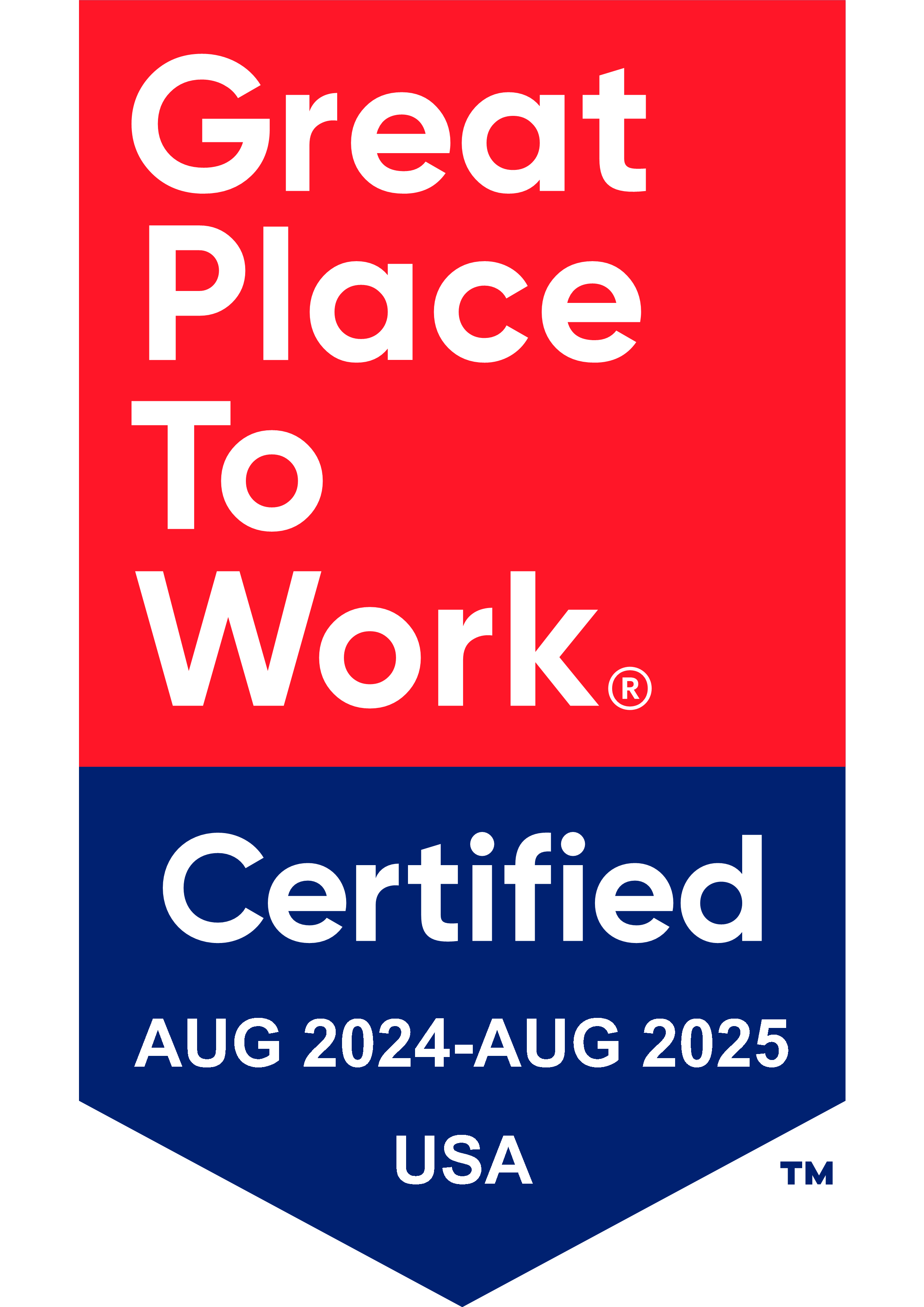What to Explore
Overview
Microsoft Fabric is a revolutionary data management and analytics platform designed to unlock the full potential of your data. By offering a unified approach to data ingestion, preparation, governance, and analysis, the unified AI-powered data analytics platform empowers businesses to gain deeper insights and make data-driven decisions faster.
But before diving into Microsoft Fabric, it’s crucial to assess your organization’s readiness to ensure a smooth and successful adoption.
This blog post outlines 5 key steps to help you evaluate your current data landscape and determine your organization’s readiness to leverage the Microsoft data fabric platform for your advanced analytics and AI use cases.
1. Analyze Current Data Environment
The first step is to understand your existing data ecosystem. This involves mapping your data sources, formats, volumes, and how they flow through your current ETL (Extract, Transform, Load) processes. Identifying data quality issues, inconsistencies, and siloes is also crucial. By taking a comprehensive inventory of your data environment, you can gain valuable insights into potential challenges and opportunities Microsoft Fabric can address.
2. Define Business Needs and Objectives
What are your key business objectives for leveraging data? Are you looking to improve reporting and analytics, drive data-driven decision-making, or unlock actionable insights from your data sources? Clearly defining your business needs and objectives helps you determine how Microsoft unified analytics platform can contribute to achieving your strategic goals.
3. Assess Technical Readiness
Technical readiness involves evaluating your infrastructure, existing data tools, and team skillsets to determine if they align with Microsoft Fabric’s capabilities. Here are some key considerations:
- Infrastructure: Does your current infrastructure support migrating to the cloud?
- Data tools: Are your current tools compatible with Fabric’s services, like Azure Data Factory (ADF) or Azure Databricks?
- Team skills: Does your team have the necessary skills and expertise to work with Fabric technologies?
4. Develop Migration Planning and Execution
A well-defined migration plan is critical for transitioning your data workloads to Microsoft Fabric. This includes:
- Prioritization: Identifying the most critical data pipelines to migrate first.
- Resource allocation: Planning for the personnel and resources necessary to execute the migration.
- Risk assessment: Anticipating potential challenges and developing mitigation strategies.
For a deeper dive into our proven methodology for migrating ETL jobs to the Microsoft unified analytics platform, check out our recorded webinar Microsoft Fabric: Is Your Business Ready?.
5. Provide Ongoing Optimization
Microsoft Fabric adoption is an ongoing process. After migration, continuous monitoring and optimization are crucial to ensure your data platform operates at peak performance. This involves regularly reviewing data quality, identifying inefficiencies, and implementing optimizations to maximize the value derived from your data.
Fabric Readiness Workshop: Get Ready for Success
As a Microsoft Solutions Partner working closely with the Microsoft Fabric product team to strengthen our capability to migrate data, ETL, and BI workloads to Microsoft Fabric, Bitwise is excited to be a key part of our customers’ transformations to unlock their full potential of Microsoft Fabric. Elevate your data strategy to make sure your organization is prepared for Microsoft Fabric. Enroll in our exclusive Microsoft Fabric Readiness Workshop now! This 3-hour workshop provides valuable insights into Microsoft Fabric’s capabilities and helps you develop a customized roadmap for successful implementation.
FabCon: A Glimpse into the Future of Data Analytics
Microsoft Fabric Community Conference (FabCon) Europe that took place in Stockholm earlier this year was a valuable event for anyone interested in Microsoft Fabric. The key announcements highlighted the platform’s continued evolution and its ability to meet the growing demands of modern data management. Read our blog to learn more about the 3 Key Microsoft Fabric Announcements from FabCon Europe.
Don’t miss the upcoming Microsoft Fabric Community Conference in Las Vegas, Nevada from March 31st to April 2nd, 2025, with workshops happening on March 29th, 30th, and April 3rd. This year’s conference promises an exciting lineup of speakers, informative sessions, and valuable networking opportunities to help you attain the full potential of Microsoft Fabric. Register now for Microsoft Fabric Community Conference 2025 and secure your spot.
You Might Also Like

Data Security
Implementing Fine-Grained Data Access Control: A Complete Guide to GCP Column-Level Policy Tags
Learn More










